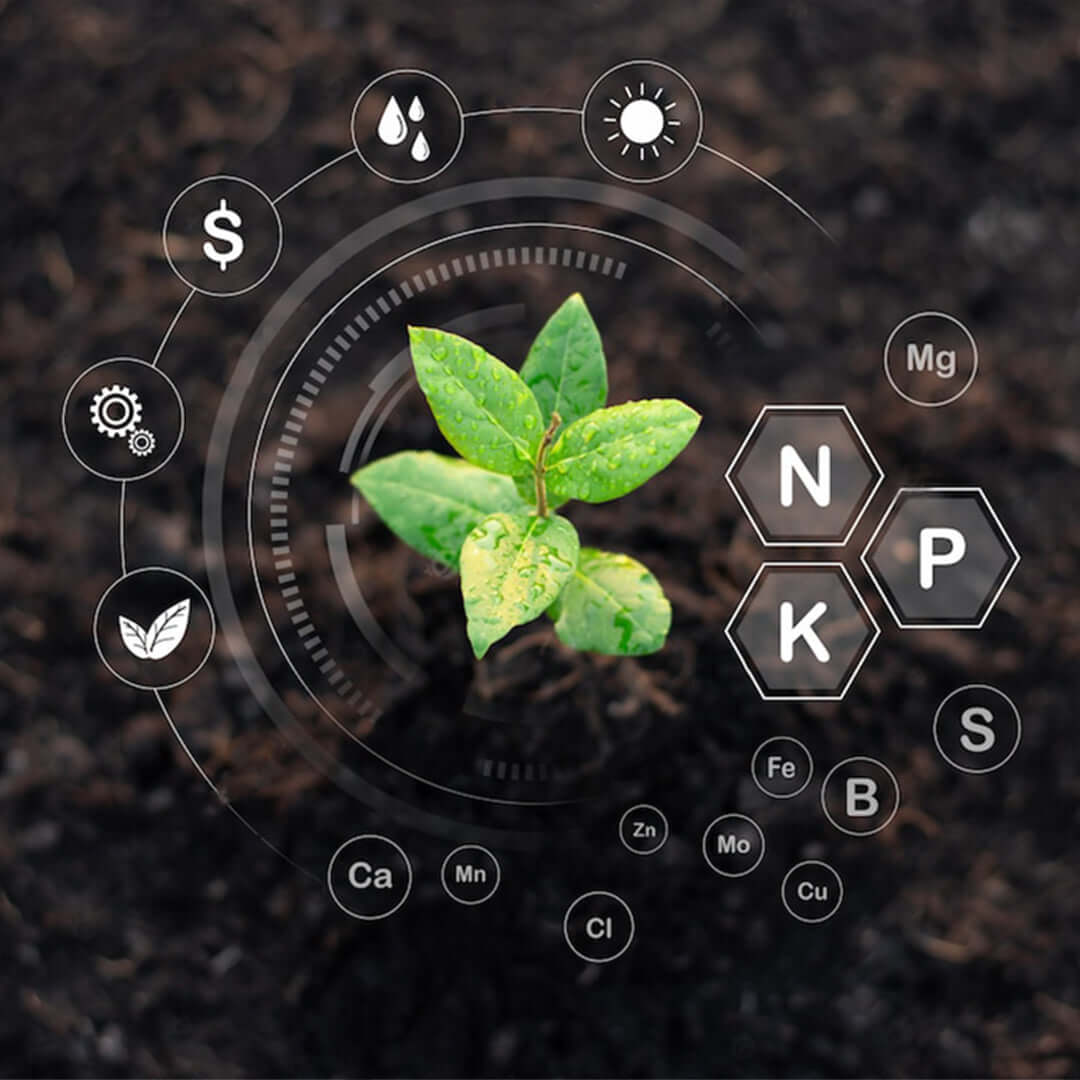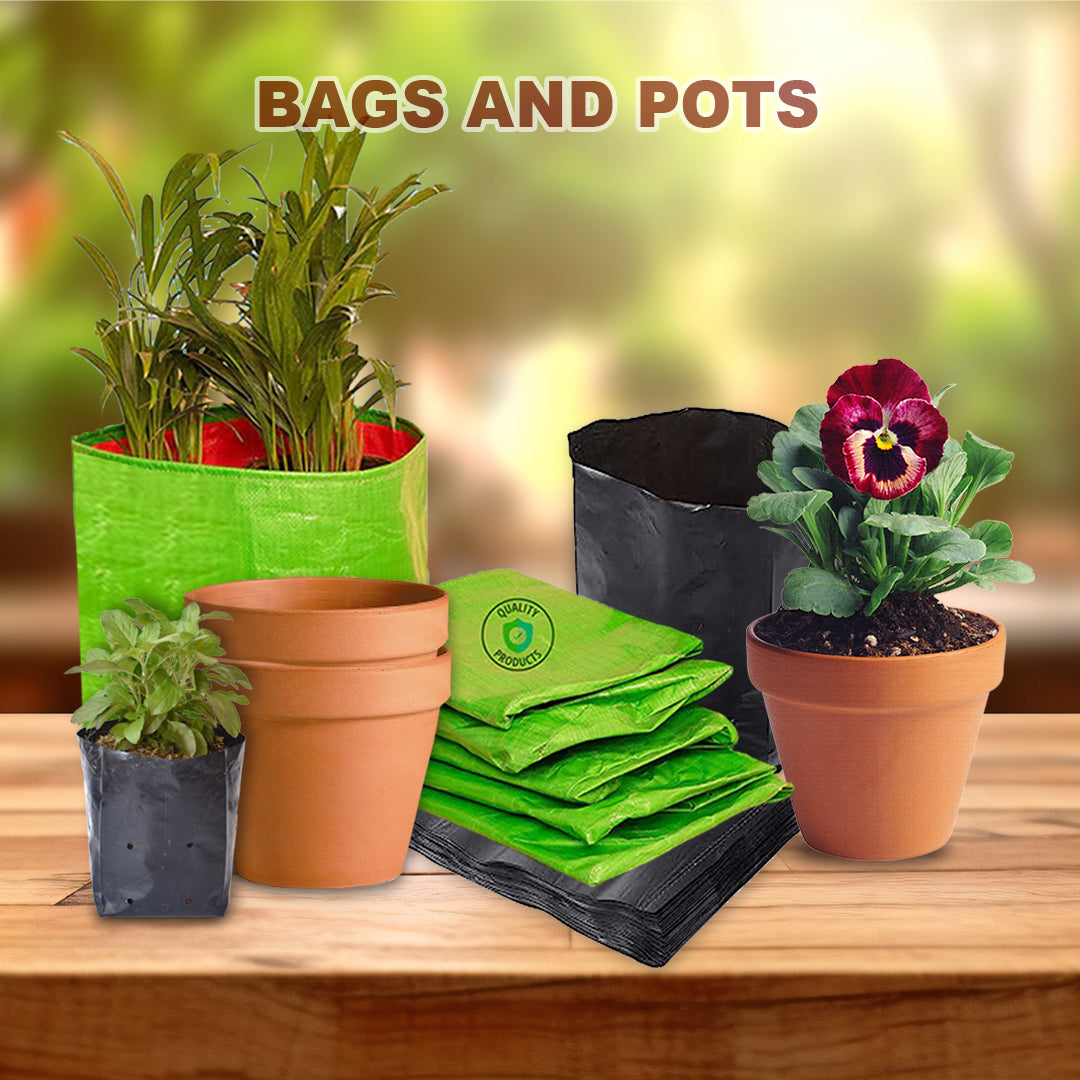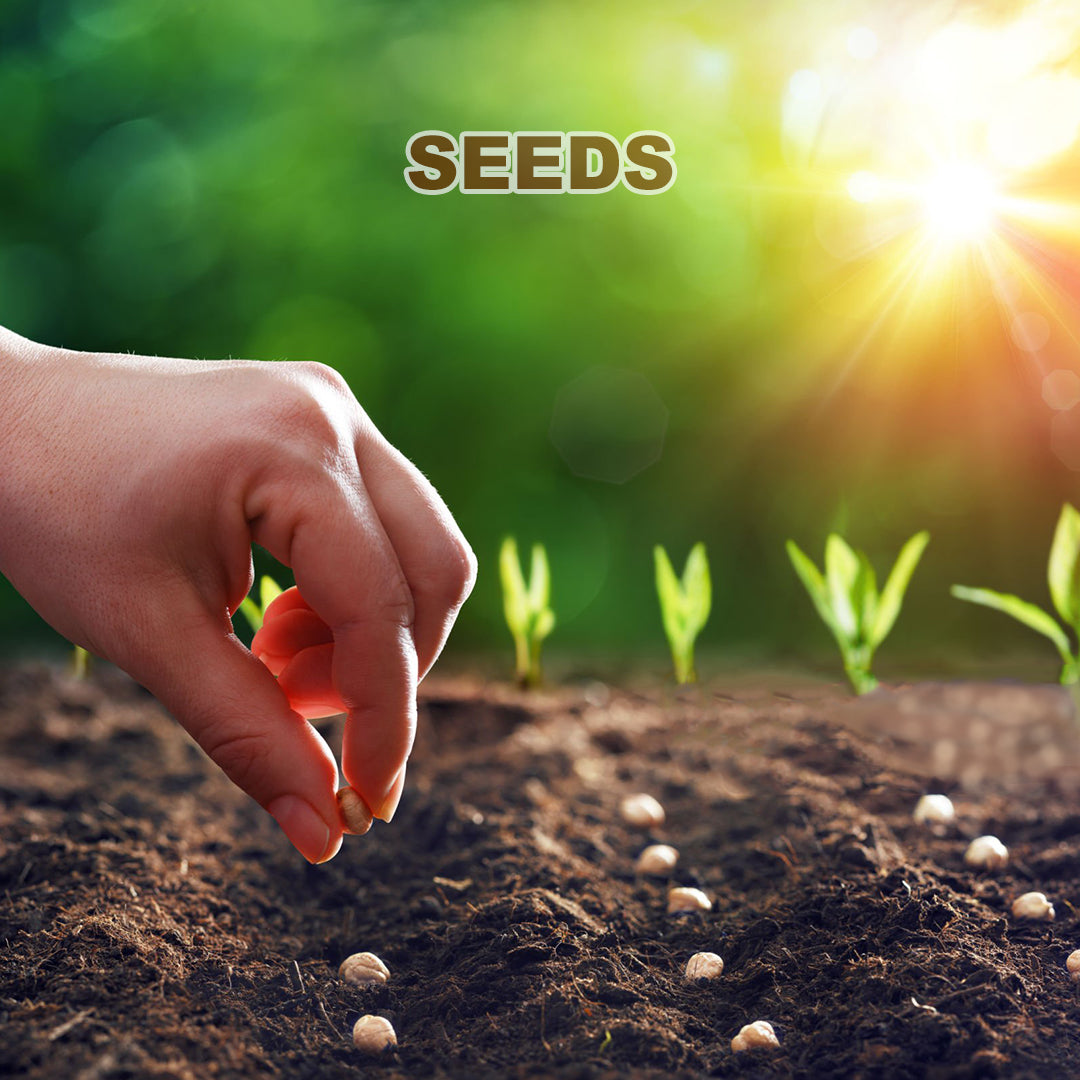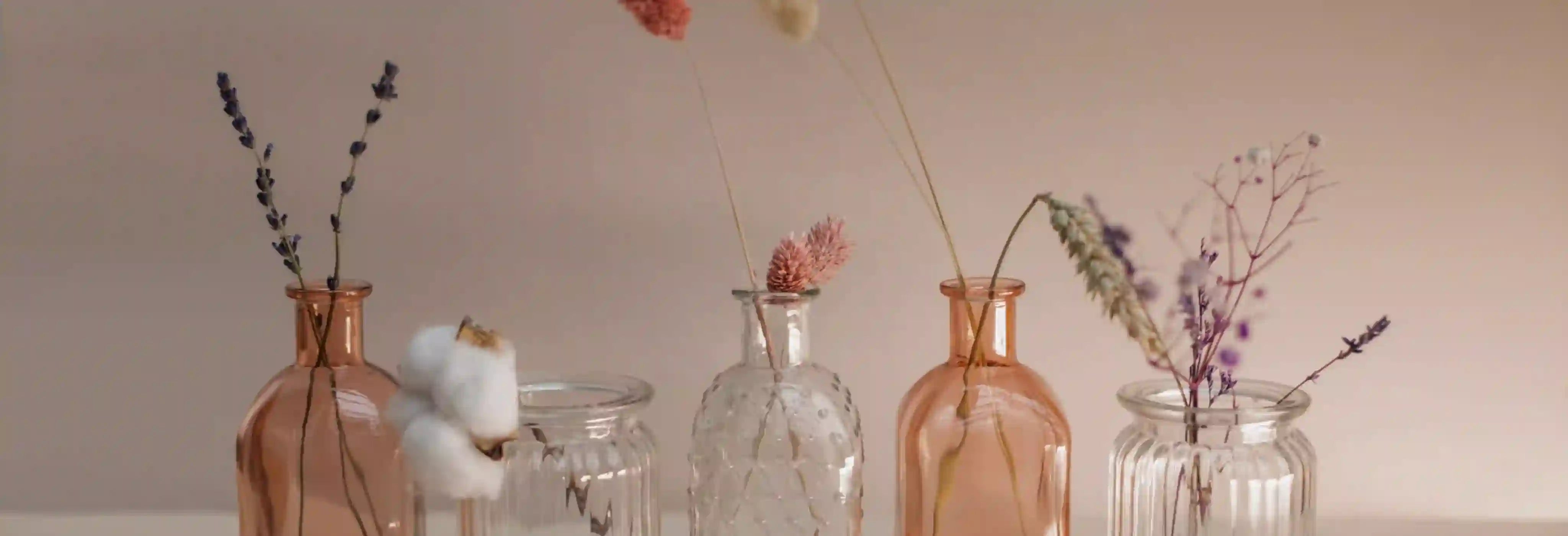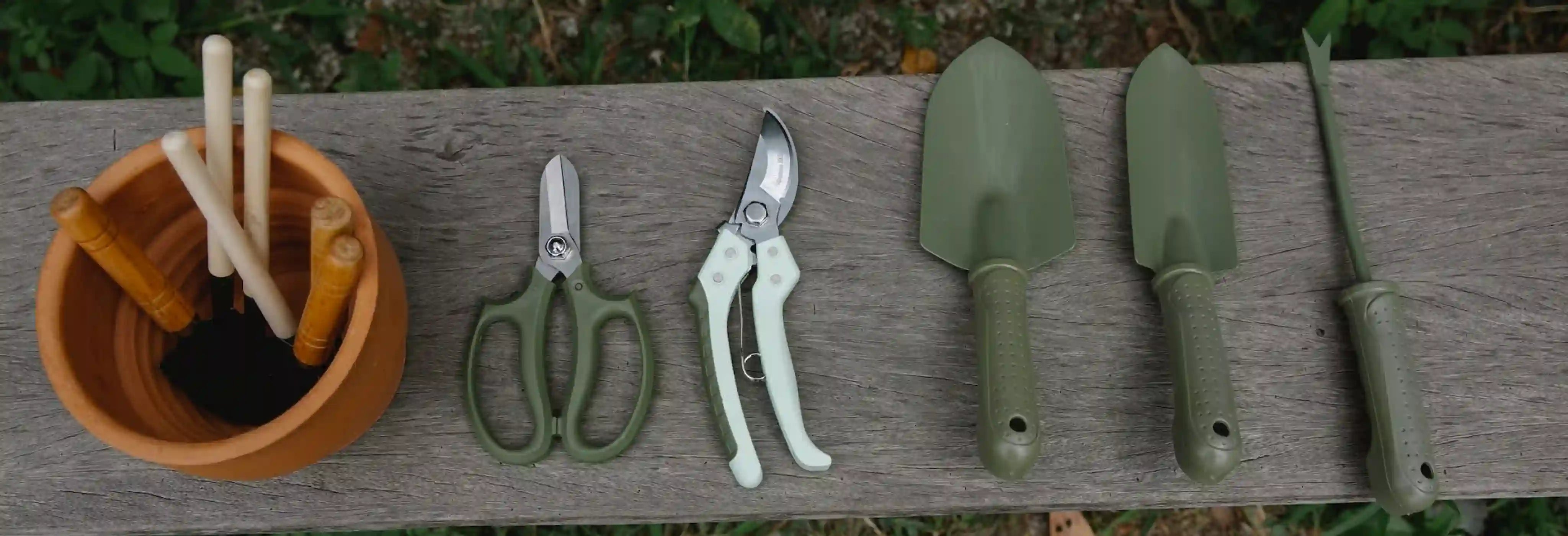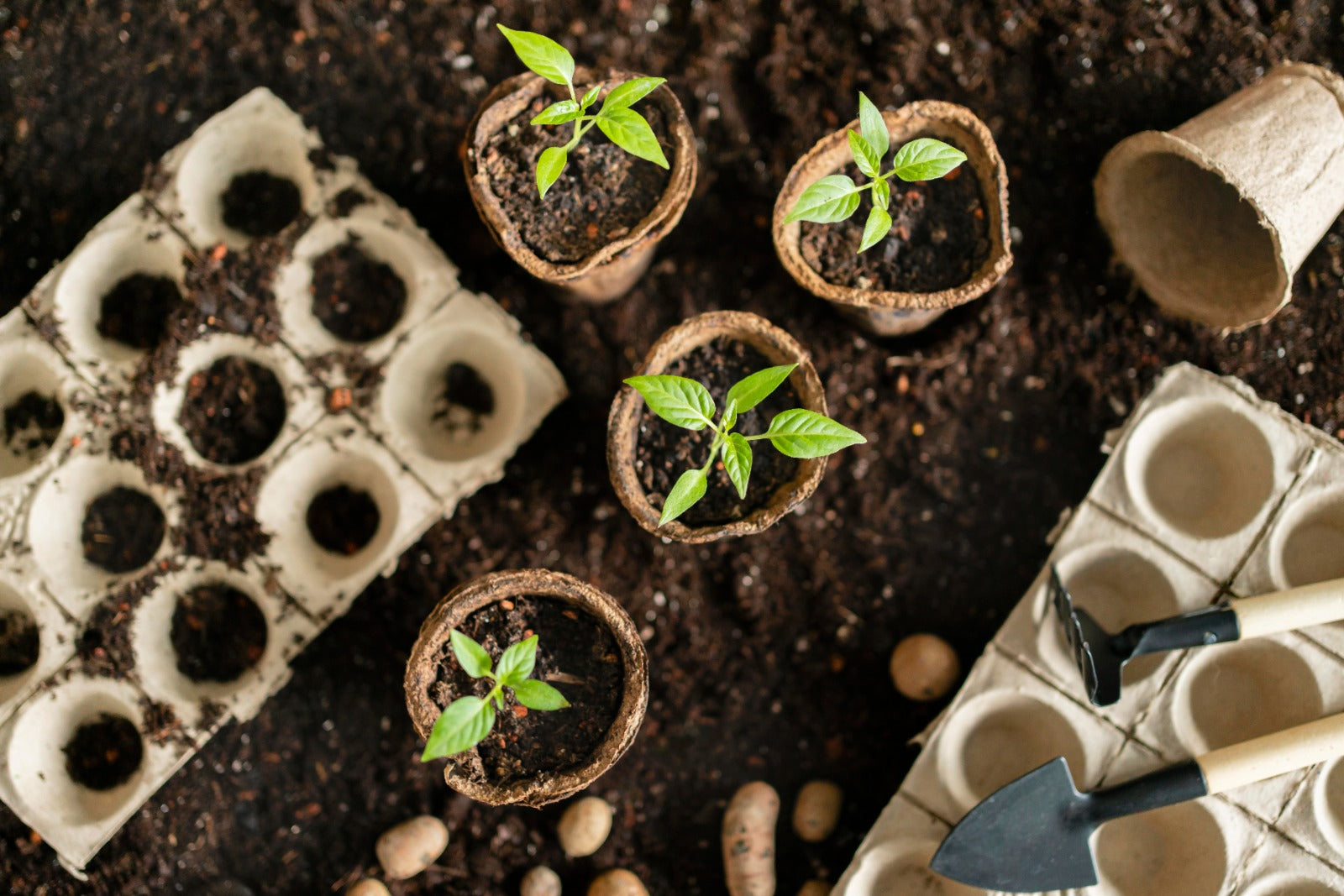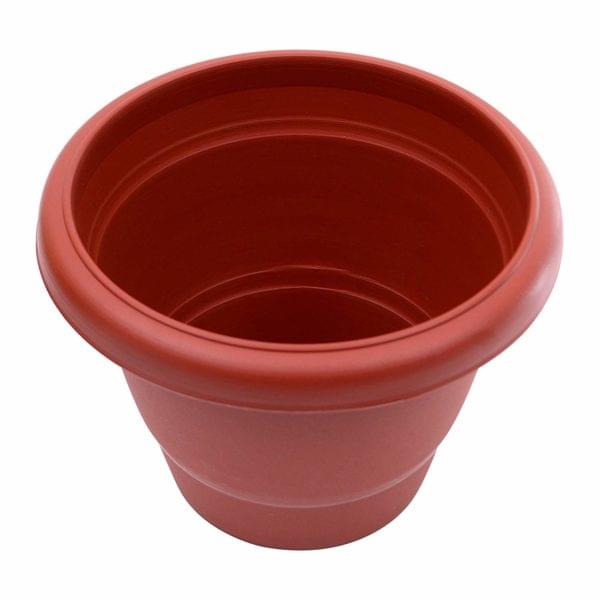Our Featured Product
Gardening is an art that allows individuals to connect with nature and create stunning landscapes with our featured products.
All In One Plant Food, Mixed Fertilizer for House Plants, Complete Nutrition with Micronutrients – for Better Plant Growth
Just add one sachet in 6-liter water, and pour it on the soil. That’s it. Mixing in water ensures the uniform spread of fertilizer in the root zone. And it contains full nutrition required by plants.
Smart & Easy to use. Nothing else needs to be added to plants. EASILY MANAGE BY SELF. NO NEED TO CALL THE GARDENER. Use only twice a month.
Rs. 300.00
Rs. 259.00
Our Products
-
NPK 20 20 20 Water Soluble Fertilizer for Plants or Abundant Flowering and Plant Growth, Fertilizer for Home Plants 100% Water Soluble, 400 Gm Pack
- Regular price
- Rs. 169.00
- Regular price
-
Rs. 199.00 - Sale price
- Rs. 169.00
- Unit price
- / per
NPK Fertilizers – NPK 20 20 20 Fertilizer for Plants and Gardening There are fertilizers that are natural, like manure, and fertilizers that are man-made. NPK 20 20 20 Fertilizer are fertilizers th... -
Organic Bone Meal Fertilizer for Plants 950 Grams
- Regular price
- Rs. 169.00
- Regular price
-
Rs. 199.00 - Sale price
- Rs. 169.00
- Unit price
- / per
Purpose of Bone Meal Fertilizer Bone meal is mostly used to provide phosphorus and calcium to plants and soil. Phosphorus helps plant grow and photosynthesize effectively. Calcium is vital to the f... -
Trichoderma Viridi Fungicide for plants Bio Fungicide- Prevents Fungal and Bacterial Diseases in Plants (2 x 10^8 CFU per Gram) 950 G
- Regular price
- Rs. 249.00
- Regular price
-
Rs. 299.00 - Sale price
- Rs. 249.00
- Unit price
- / per
Disease Control: Trichoderma is a potent biocontrol agent and used extensively for soil born diseases. It has been used successfully against pathogenic fungi belonging to various genera, viz.... -
Neem Cake Powder for Plants and Home Garden 100% Organic Fertilizer and Pest Repellen
- Regular price
- Rs. 179.00
- Regular price
-
Rs. 180.00 - Sale price
- Rs. 179.00
- Unit price
- / per
NEEM CAKE POWDER FOR PLANTS (N) Nitrogen (2.0% to 5.0%) (P) Phosphorus (0.5% to 1.0%) (K) Potassium (1.0% to 2.0%) (Ca) Calcium (0.5% to 3.0%) (Zn) Zinc (15 ppm to 60 ppm... -
Go Garden Growth Boost Liquid Fertilizer: Enhance Plant Growth and Flowering | Home Garden Growth Booster for All Types of Plants 500ml
- Regular price
- Rs. 279.00
- Regular price
-
- Sale price
- Rs. 279.00
- Unit price
- / per
Nourishes Your Plants: Give your plants the nourishment they deserve with our powerful liquid fertilizer. It is packed with essential nutrients that plants need for healthy growth, vibrant foliage... -
Go Garden Rose King Special Organic Fertilizer for Rose Plants | Get More Flowers on Healthy pants 950G
- Regular price
- Rs. 239.00
- Regular price
-
Rs. 299.00 - Sale price
- Rs. 239.00
- Unit price
- / per
100% Organic, Rose Cares, Complete Care for Your Rose Plants Fertilizer for Rose Plants Go Garden rose care fertilizer is organic which provides complete care to all variants of rose plants and h... -
Seaweed Fertilizer for Plants Liquid Concentrate 100% Organic Fertilizer for Plant and Garden Purpose 250ML
- Regular price
- Rs. 189.00
- Regular price
-
Rs. 249.00 - Sale price
- Rs. 189.00
- Unit price
- / per
Seaweed Fertilizer for Plants : – Is your garden plants are dull and stressed because of extreme weather condition and want them to be happier?Are you looking to grow good quality bright flowers... -
All In One Plant Food, Mixed Fertilizer for House Plants, Complete Nutrition with Micronutrients – for Better Plant Growth, 10 sachets, 250 gm
- Regular price
- Rs. 259.00
- Regular price
-
Rs. 300.00 - Sale price
- Rs. 259.00
- Unit price
- / per
Just add one sachet in 6-liter water, and pour it on the soil. That’s it. Mixing in water ensures the uniform spread of fertilizer in the root zone. And it contains full nutrition required by pla...
-
All Purpose N P K (15:15:15) Fertilizer for Plants and Gardening
- Regular price
- Rs. 159.00
- Regular price
-
- Sale price
- Rs. 159.00
- Unit price
- / per
There are fertilizers that are natural, like manure, and fertilizers that are man-made. NPK fertilizers are fertilizers that contain the elements nitrogen (N), phosphorus (P) and potassium (K), so ... -
Plant Bags for Home Garden – Nursery Plant Bags – Plastic UV Protected Poly Grow Bags | (Black , 3 x 4 inch)
- Regular price
- Rs. 169.00
- Regular price
-
- Sale price
- Rs. 169.00
- Unit price
- / per
Grow bag is a plastic bag used to fill with a growing medium and used for growing plants. The growing medium is usually based on a soilless organic material such as peat, coir, composted green... -
Plant Bags for Home Garden – Nursery Plant Bags – Plastic UV Protected Poly Grow Bags | (Black , 6 x 8 inch)
- Regular price
- Rs. 179.00
- Regular price
-
- Sale price
- Rs. 179.00
- Unit price
- / per
Grow bag is a plastic bag used to fill with a growing medium and used for growing plants. The growing medium is usually based on a soilless organic material such as peat, coir, composted green... -
Go Garden Growth Boost Liquid Fertilizer: Enhance Plant Growth and Flowering | Home Garden Growth Booster for All Types of Plants 500ml
- Regular price
- Rs. 279.00
- Regular price
-
- Sale price
- Rs. 279.00
- Unit price
- / per
Nourishes Your Plants: Give your plants the nourishment they deserve with our powerful liquid fertilizer. It is packed with essential nutrients that plants need for healthy growth, vibrant foliage... -
Gardening Flower Pots – 8″ Round Garden Plastic Planters in Terracotta Color – 6 PCS
- Regular price
- Rs. 299.00
- Regular price
-
Rs. 600.00 - Sale price
- Rs. 299.00
- Unit price
- / per
Indoor Planters make the house so much homier, and bring in an innate peace and positive into any work space. Nonetheless, there are times when you can’t have a big planter in your zone. This could...
-
Plant Grow Bags For Gardening – Nursery Plant Bags – Plastic UV Protected Poly Grow Bags | (Black , 8 x 10 inch)
- Regular price
- Rs. 159.00
- Regular price
-
- Sale price
- Rs. 159.00
- Unit price
- / per
Grow bag is a plastic bag used to fill with a growing medium and used for growing plants. The growing medium is usually based on a soilless organic material such as peat, coir, composted gre... -
Plant Grow Bags For Gardening – Nursery Plant Bags – Plastic UV Protected Poly Grow Bags | (Black , 5 x 7inch)
- Regular price
- Rs. 99.00
- Regular price
-
- Sale price
- Rs. 99.00
- Unit price
- / per
Grow bag is a plastic bag used to fill with a growing medium and used for growing plants. The growing medium is usually based on a soilless organic material such as peat, coir, composted green w... -
Plant Bags for Home Garden – Nursery Plant Bags – Plastic UV Protected Poly Grow Bags | (Black , 3 x 4 inch)
- Regular price
- Rs. 169.00
- Regular price
-
- Sale price
- Rs. 169.00
- Unit price
- / per
Grow bag is a plastic bag used to fill with a growing medium and used for growing plants. The growing medium is usually based on a soilless organic material such as peat, coir, composted green... -
Plant Bags for Home Garden – Nursery Plant Bags – Plastic UV Protected Poly Grow Bags | (Black , 6 x 8 inch)
- Regular price
- Rs. 179.00
- Regular price
-
- Sale price
- Rs. 179.00
- Unit price
- / per
Grow bag is a plastic bag used to fill with a growing medium and used for growing plants. The growing medium is usually based on a soilless organic material such as peat, coir, composted green... -
Plant Bags for Home Garden – Nursery Plant Bags – Plastic UV Protected Poly Grow Bags |(Black , 4 x 5 inch)
- Regular price
- Rs. 129.00
- Regular price
-
- Sale price
- Rs. 129.00
- Unit price
- / per
Plant Bags for Home Garden – Nursery Plant Bags – Plastic UV Protected Poly Grow Bags |(Black , 4 x 5 inch) High-quality material, Suitable for all kind of plants, Grow Bags Dimensions 4 inch ... -
12 x 12 inch Plant Grow Bags For Gardening – Nursery Plant Bags – Plastic UV Protected Poly Grow Bags
- Regular price
- Rs. 99.00
- Regular price
-
- Sale price
- Rs. 99.00
- Unit price
- / per
Grow bag is a plastic bag used to fill with a growing medium and used for growing plants. The growing medium is usually based on a soilless organic material such as peat, coir, composted green was... -
Big Plant Grow Bags For Gardening – Nursery Plant Bags – Plastic UV Protected Poly Grow Bags Large Size | (15 x 16 Inch) Black
- Regular price
- Rs. 169.00
- Regular price
-
- Sale price
- Rs. 169.00
- Unit price
- / per
Grow bag is a plastic bag used to fill with a growing medium and used for growing plants. The growing medium is usually based on a soilless organic material such as peat, coir, composted gre... -
13 x 13 inch Plant Grow Bags For Gardening – Nursery Plant Bags – Plastic UV Protected Poly Grow Bags
- Regular price
- Rs. 105.00
- Regular price
-
- Sale price
- Rs. 105.00
- Unit price
- / per
13 x 13 inch Plant Grow Bags For Gardening – Nursery Plant Bags – Plastic UV Protected Poly Grow Bags | High-quality material, Suitable for all kind of plants, Grow Bags Dimensions 13 inch (le...

I am glad about the wide variety of plants available here along with gardening tools. I always wanted to start my own garden, and Go Garden is worth the try. Great job👍🏻

Just the place where you want tools & fertilizers for your crops. Highly recommended!

Top-notch vegetable seeds produced healthy, delicious plants, elevating my cooking and impressing family. Highly recommend for home gardening.
Our Partners
Our notable clients always make us delighted and proud.
Dp have a look at them.





Instafeed
Our Instagram feed showcases captivating moments and inspiring stories.
1. Why choose Go Garden gardening products?
2. Are there any shipping charges?
3. When will my items be delivered?
4. What are some tips for setting up a garden for beginners?
5. Is it safe to use my credit card or debit card on your website?



